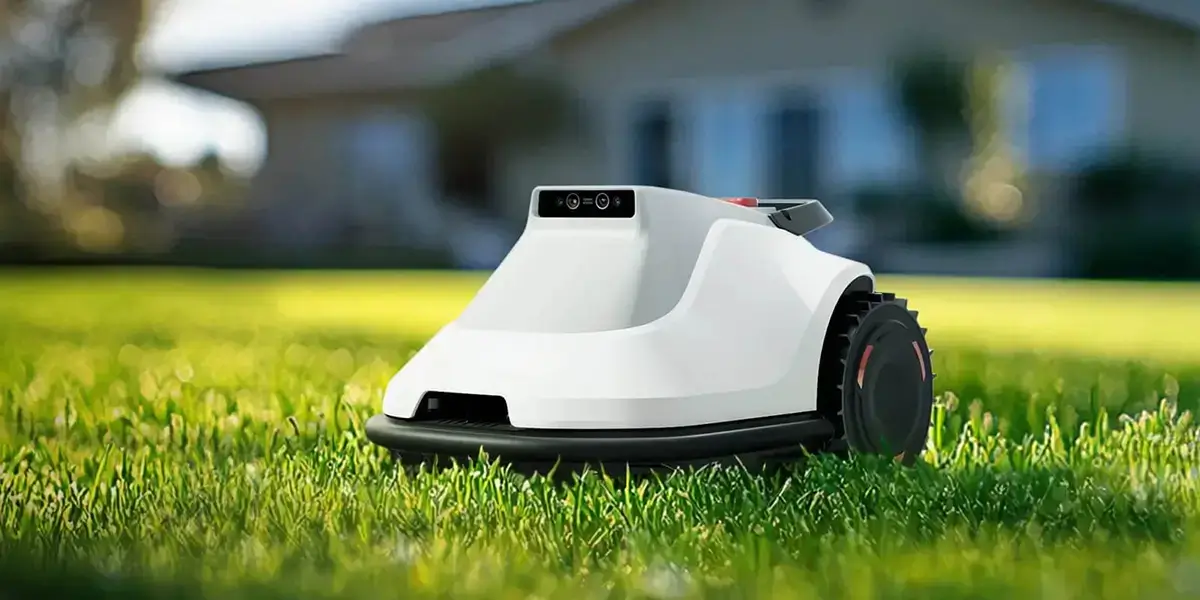Certainly! Here is the first part of a soft, engaging article on "Projects Using Servo Motor," crafted to attract interest and offer insightful content.

part 1:
Unleashing Creativity: Exciting Projects Using Servo Motors to Transform Ideas into Reality
Imagine a world where tiny motors breathe life into your ideas, transforming static objects into interactive, intelligent devices. That’s the magic of servo motors—compact yet powerful actuators capable of precise movement, critical for robotics, automation, and countless DIY inventions. Whether you're an experienced engineer or a curious hobbyist, projects involving servo motors open a gateway to innovation, offering endless opportunities to experiment, learn, and create.
The Marvel of Servo Motors: Why They Matter
Before diving into project ideas, it’s worth appreciating what makes servo motors so special. Unlike regular motors that rotate continuously, servo motors are designed to rotate to a specific position within a range, typically controlled through pulse-width modulation (PWM). This feature allows for exact positioning, making them invaluable for applications requiring precise movement.
Servos come in various sizes, torque capacities, and control modes. Small servos can move camera gimbals or tiny robots, while high-torque versions drive robotic arms or automated machinery. Their versatility is only limited by imagination and technical competence.
Foundations of Projects Using Servo Motors
Designing a project around a servo motor generally involves a few key elements:
Power Source: Servos typically require a stable electrical supply. Control System: Microcontrollers like Arduino, Raspberry Pi, or other development boards orchestrate the servo’s movements. Programming: Writing the control algorithms that dictate how the servo moves—this could be simple open-loop commands or complex feedback systems. Mechanics: Gearing, linkages, or custom structures that translate servo rotation into useful motion.
A common starting point is an Arduino-based setup, which provides an accessible platform for beginners and experienced tinkerers alike.
Inspiring Projects to Spark Your Creativity
Now, with this grounding, let’s explore some exciting projects where servo motors act as the heart of innovation.
1. Automated Camera Slider
Capturing smooth, cinematic shots can be challenging without the right equipment. An automated camera slider powered by servo motors takes your videography to new heights. By programming incremental movements, you can achieve stunning time-lapse sequences or dynamic motion shots without a steady hand. The servo-driven slider can be controlled via remote, smartphone app, or preloaded scripts, making it a perfect DIY project for filmmakers and tech enthusiasts.
2. Robotic Arm for Precision Tasks
A versatile robotic arm equipped with multiple servo motors can perform delicate tasks, such as picking and placing objects, assembling small parts, or even painting. Such robots demonstrate complex kinematic motion, requiring careful calibration, programming, and mechanical design. Hobbyists can build a mini robotic arm using servos, sensors, and grippers, which introduces fundamental robotics concepts.
3. Interactive Art Installations
Servo motors bring art to life through movement. Artists integrate servos into sculptures or kinetic art, where motion responds to viewers’ interactions, sound, or environmental changes. For example, a sculpture with moving parts controlled by a microcontroller can create mesmerizing visual experiences—an inspiring intersection of technology and creativity.
4. Door Automation System
Imagine a smart door that opens automatically when someone approaches. By attaching a servo motor to a latch mechanism, you can design a simple automation system triggered by sensors like ultrasonic or infrared. Renewed interest in home automation makes this a practical project with real-world utility, perfect for smart home enthusiasts.
Combining Sensors and Servos for Smarter Projects
Servo motors shine even brighter when combined with sensors like touch, light, temperature, or distance sensors. This integration allows the creation of interactive, autonomous devices that respond intelligently to their environment. For instance, a miniature solar tracker uses light sensors and servos to continuously orient a solar panel toward the sun, maximizing efficiency—a perfect educational project blending renewable energy with robotics.
Learning Through Simplicity and Complexity
Starting with simple servo motor projects provides a solid foundation. For example, controlling a servo’s position with a potentiometer or a basic remote control can teach fundamental concepts. As skills grow, projects can evolve into sophisticated systems involving multiple servos, feedback sensors, wireless communication, and even machine learning.
The Role of Software and Programming
Programming is where the magic happens. Languages like C++, Python, or visual programming tools such as Scratch or Blockly help translate ideas into commands. Many microcontroller platforms offer extensive libraries and tutorials for servo control, making it easier than ever to turn concepts into functioning prototypes.
Embracing Challenges and Troubleshooting
While working with servos is rewarding, it’s not without challenges. Power management, jittery movements, and calibration issues are common hurdles. Learning to troubleshoot—checking wiring, adjusting code, or choosing the right servo for the task—builds problem-solving skills. Every obstacle overcome adds to your engineering confidence.
That concludes the first part—next, I’ll delve into more advanced projects, integration techniques, and tips for optimizing your servo motor creations. Ready for part two?
Kpower has delivered professional drive system solutions to over 500 enterprise clients globally with products covering various fields such as Smart Home Systems, Automatic Electronics, Robotics, Precision Agriculture, Drones, and Industrial Automation.




































